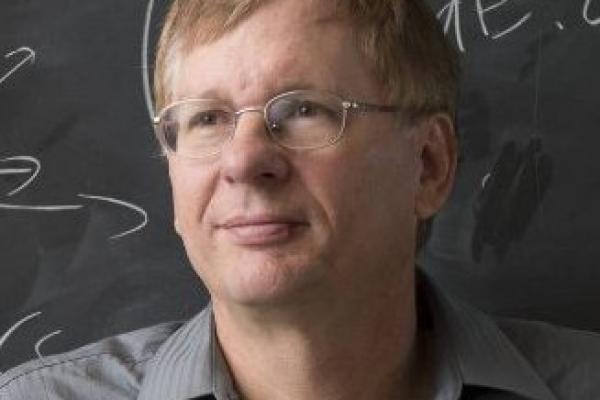
The most counterintuitive aspect of quantum mechanics might well be the fact that a few particles can bind even when virtually all of their wavefunction resides in a region where the particles experience no forces whatsoever. Such states can live almost totally in nonclassical regions where their kinetic energy is negative. This talk will discuss some recent experiments that have created different types of simple few-particle systems which have this property, and the underlying theoretical ideas needed to understand them. One example to be discussed will be the so-called "Efimov trimer" state of three ground state helium atoms, first predicted in the context of theoretical nuclear physics. Another is the "butterfly Rydberg molecule", a surprising diatomic molecule made out of two rubidium atoms bound at long range and with a huge electric dipole moment.
